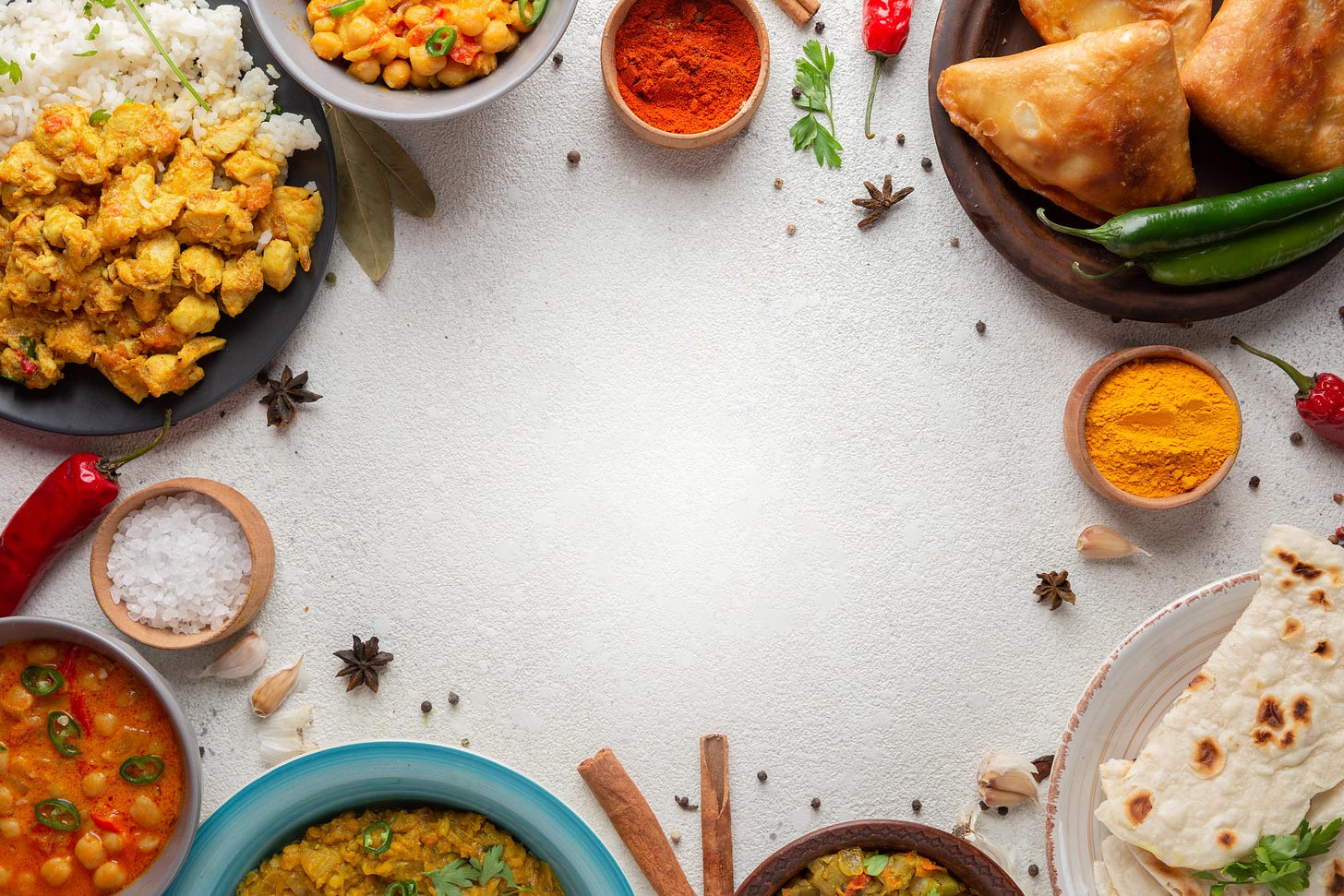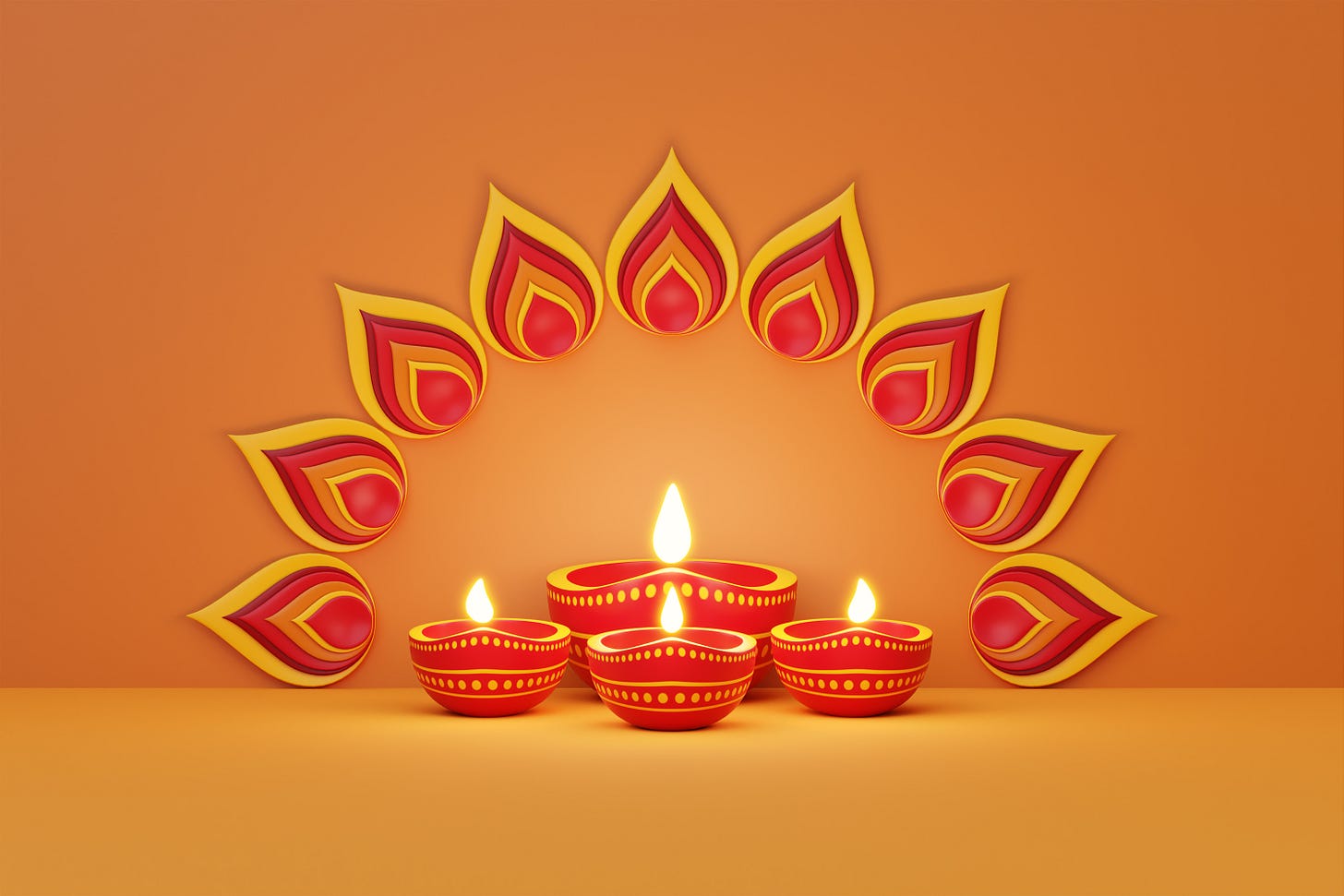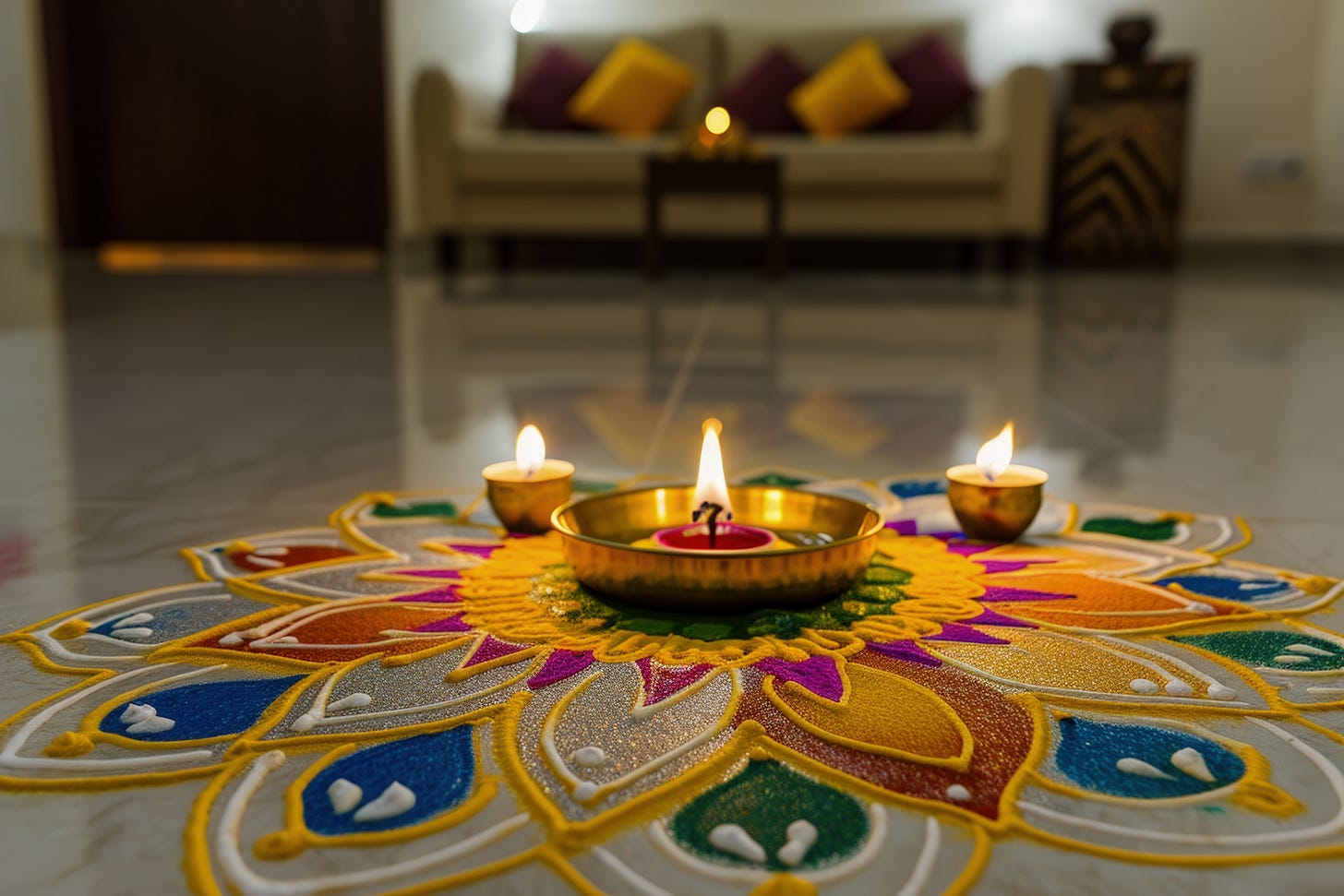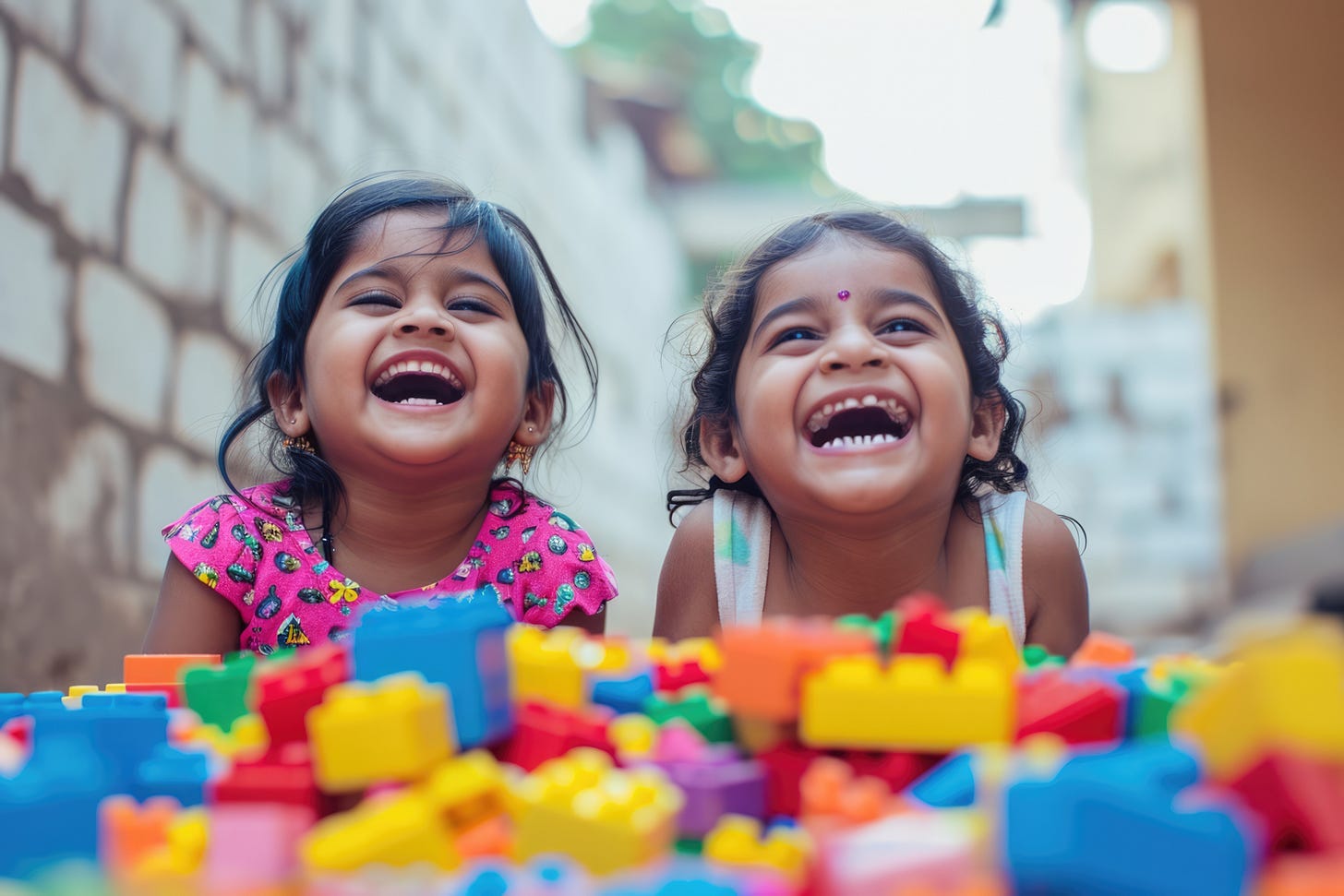[Blog] Ep 42. Teaching Kids About Indian Culture – Without Forcing It
ft. Avani Modi, Founder of Modi Toys Modern Indian Parent
In an engaging episode of The Modern Indian Parent Podcast, host Rinie Gupta sits down with Avani Modi, co-founder of Modi Toys, to explore a pressing challenge for Indian parents around the world: How do we pass down our cultural roots in a way that resonates with our children today?
From language and festivals to food and toys, Avani shares practical tips, heartfelt stories, and creative approaches to ensure our heritage not only survives, but thrives in multicultural homes.
42. Teaching Kids About Indian Culture – Without Forcing It
If you’ve ever worried about your child losing touch with their Indian heritage, this episode is a must-listen!
The Struggle of Passing Down Traditions in Multicultural Families
As a mom raising kids in the U.S., Avani admits she didn’t think much about cultural preservation until she became a parent. Like many of us, she realized that while her parents had the instinct to raise their children immersed in Indian values and language, for her generation it requires intentionality. The process starts with small decisions, such as speaking the native language at home, choosing Indian foods, or celebrating desi festivals with the same excitement as Western ones.
“We are the last chain in this long thread of our ancestry. If we don’t make an effort, it breaks with us,” she reflects.
How Avani’s Parents Kept Traditions Alive in the U.S.
Avani shares how her parents naturally embedded Indian culture into daily life:
They always spoke Gujarati at home, even correcting her mid-sentence.
Indian food was the default, not a choice.
Celebrations like Diwali or Navratri weren’t weighed against Western holidays, but were simply prioritized.
Now, as a parent herself, Avani finds she has to make a conscious effort to strike a balance:
“If we go big on Christmas, we also go big on Diwali.”
She actively creates moments her kids will look forward to, like playing Holi or attending Garba nights.
The Power of Community in Preserving Culture
Both Rinie and Avani highlight how community support can make a huge difference:
Rinie talks about joining the Singapore Gujarati Society, which gave her daughter a more immersive experience during Janmashtami and Navratri.
Avani praises mandirs like BAPS, which offer family-friendly programming that fosters community and tradition.
These spaces help kids experience culture as part of daily life—not just isolated moments at home.
Keeping Culture Alive at Home: Small, Intentional Efforts
For families without access to communities, Avani suggests incorporating culture through everyday play and learning:
DIY Rangoli math coloring sheets to merge cultural and academic learning.
Story-based activities, like helping Ram find Sita on a hand-drawn maze using food-colored water and a toothpick.
Holiday-themed tracing exercises, such as writing "Om" during Saraswati Puja.
These activities make festivals interactive and memorable, especially for younger kids.
“You don’t have to reinvent the wheel, just adapt it. Speak the language your kids already understand.”
The Birth of Modi Toys: How a Simple Idea Became a Movement
The idea for Modi Toys was sparked by Avani’s brother, who struggled to find a culturally relevant gift for his newborn daughter.
What started as a sketch of Baby Ganesh, who sings mantras when squeezed, quickly evolved into a full-fledged brand that now includes:
Plush toys of Hindu gods and goddesses.
Sound modules that chant mantras.
Children’s books centered around Indian stories and values.
Avani emphasizes:
The goal is to make culture accessible and appealing.
Toys and books are low-hanging fruit, which are tools that parents can use daily without needing to plan elaborate experiences.
Handling Kids' Rejection of Their Cultural Identity
As children grow older, they may start resisting Indian traditions or feel embarrassed by their cultural identity. Avani shares:
Her own daughter began questioning cultural rituals.
Instead of forcing compliance, she uses creativity and empathy:
Celebrating Saraswati Puja with yellow foods, flowers, and tracing exercises.
Making aarti feel special, even using plush murtis as entry points.
Letting kids ask questions, like why some gods have more days of celebration than others.
“There’s no right or wrong way. Just find your way.”
Making Traditions Fun & Relevant for Kids
Key takeaways Avani suggests:
Meet children where they are by adapting rituals into hands-on, engaging formats.
Use what they already love such as toys, food, coloring, and music to spark curiosity.
Don’t shy away from mixing traditional and modern elements (e.g., Prasad with yellow M&Ms or plush Saraswati in the Mandir).
Start early, make it joyful, and most importantly—keep it consistent.
Final Thoughts: Embracing Culture Without Overwhelm
“What makes us different is our superpower. I never want my kids to feel ashamed of their roots.”
Avani’s parting message is empowering:
No one is here to judge. What matters is the effort and intention behind what you do.
Aim for presence, not perfection.
Normalize wearing Indian clothes, celebrating festivals, and showing pride in your identity.
Start with what you can do—a toy, a book, a prayer, a small celebration.
To Sum it up:
This episode is a powerful reminder that culture doesn’t have to be complicated, it just has to be intentional. Whether through a Diwali-themed craft, a mantra-singing plush toy, or a family aarti with yellow sweets, every small effort matters.
42. Teaching Kids About Indian Culture – Without Forcing It
If you’ve ever worried about your child losing touch with their Indian heritage, this episode is a must-listen!






